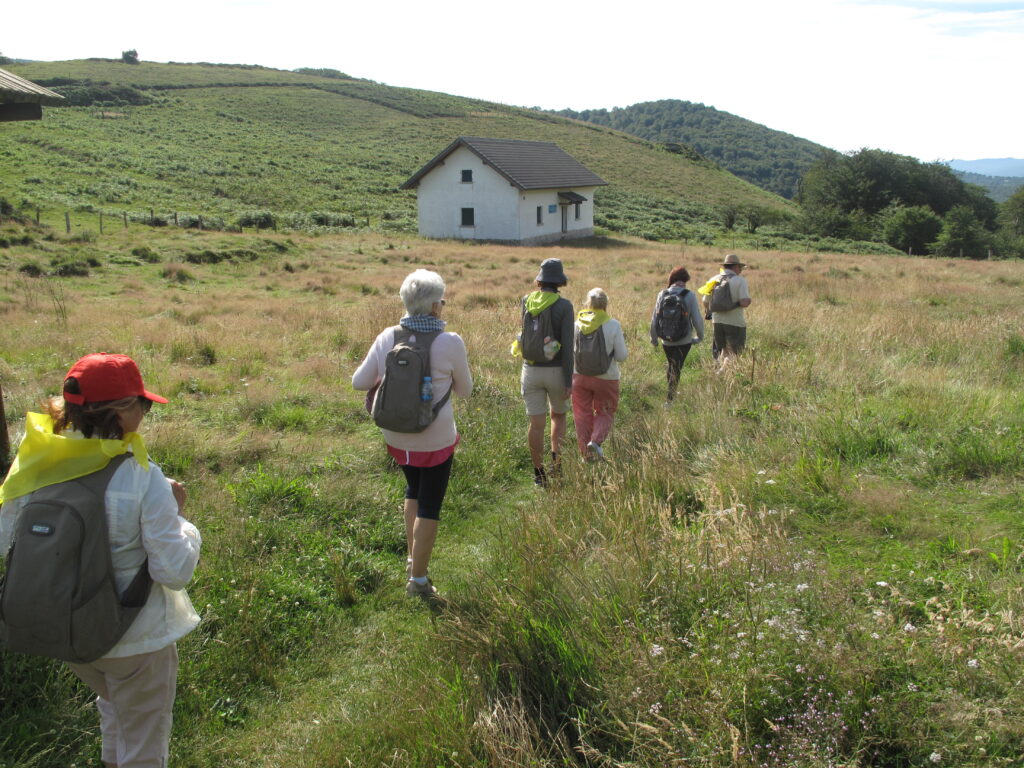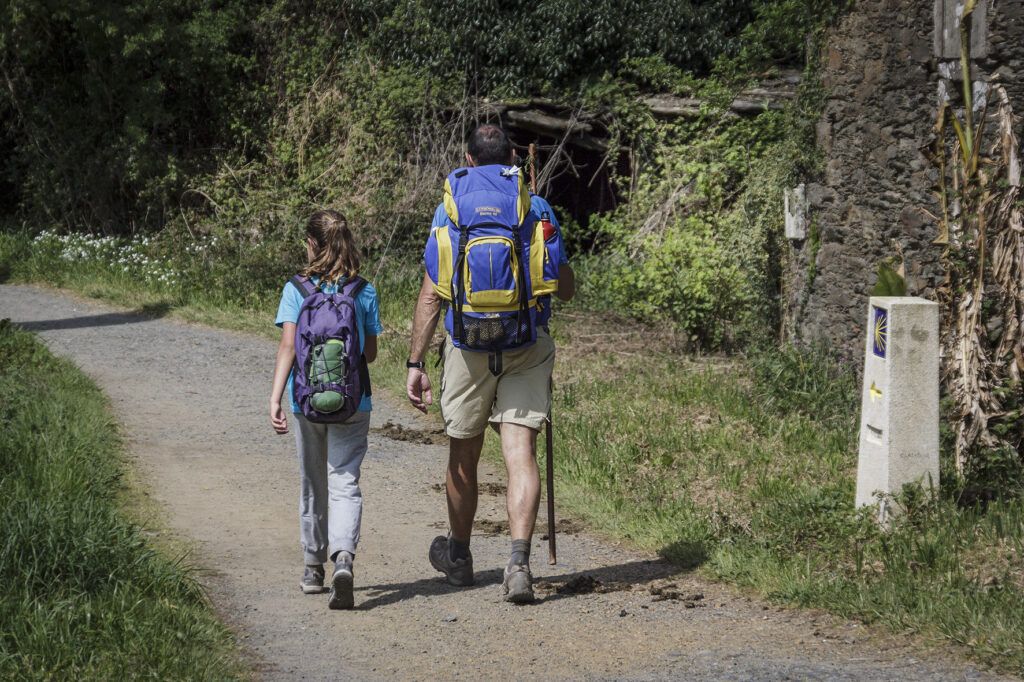The Camino de Santiago is the most popular walking journey in the world, and is an inspiritional pilgrimage through France, Spain and Portugal to Santiago de Compostela. The pilgrimage began as an act of faith to visit the resting place of Saint James, and pilgrims have been making their camino, for over a thousand years.
Exclusive Accommodations
Delicious meals
Private Van Support
Experimented Guides
Extra Activities

Our Guided caminos are perfect to meet and share an experience with-like-minded-people It’s not necessarily about walking side-by-side You are, of course, free to walk at your own pace with whomever you’d like. you can pick your walking time, follow the trail at your own pace and stop when you want.
Let us take care of all the details and your safety, while your only concern will be to enjoy the trail.
It’s more about enjoying a meal and a glass of wine at the end of the day and reflecting on your adventure together.
Your comfort and safety is the priority for us, and everything is taken care of including carefully selected accommodation, luggage transfers, delicious meals and an expert camino guide.
We will be there to help you with anything during your pilgrimage.
Our Self-Guided Camino tours are perfect if you prefer a bit of adventure and more freedom. You’ll enjoy all the benefits of a solo adventure, without sacrificing the security and support provided by a group tour.
Before you depart, we’ll also answer all your questions and pass on our many recommendations for restaurants, bars and places of interest along the way.
The Way Tours will take care of all the details and logistics. All you need to do is choose a date that suits you, we’ll be with you from the moment you first get in touch to the moment you finish your walk, with 24/7 local support,

There are different pilgrimage routes to Santiago. Traditionally, pilgrims left their home to arrive at the “House of Saint James”, the Cathedral, and therefore it would be difficult to establish all the possible pilgrimage routes. The Way of Saint James is not an end in itself, but a means of arriving at the destination: the Tomb of Saint James. However, it can be said that there are several major and traditional routes that receive the greatest flow of pilgrims:
The French Way
The route that is most used today and which enters the Peninsula through Roncesvalles, passing through Pamplona, Logroño, Burgos, León, Astorga, Ponferrada, and entering Galicia through O Cebreiro.
The Northern Way
It borders the Cantabrian coast, passing through Irún, San Sebastián, Bilbao, Santander, Gijón, Avilés and entering Galicia through Ribadeo.
The Primitive Way
It begins in Oviedo and leads pilgrims to Santiago through the interior of Asturias, passing through Lugo and joining the Northern Way and the French Way in its final stage.
The English Way
Thus known due to the flow of pilgrims from the British Isles, who travelled by sea and landed in A Coruña or Ferrol and from there continued on foot.
The Portuguese Way
Passes through different routes in Portugal (interior and coast) until it enters Galicia through Tui.
The Portuguese Way of the Coast
From Porto, it runs along the Portuguese coast to Caminha and enters Galician territory at A Guarda, after crossing the mouth of the Miño.
The Vía de la Plata
Begins in Seville and passes through Mérida and Zamora, entering Galicia through Ourense.
Camino Walks
Others
Copyright ©2024 The WayTours